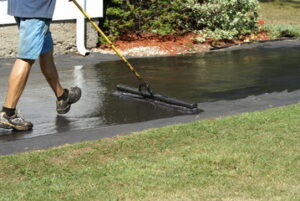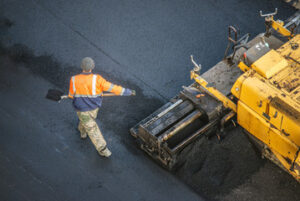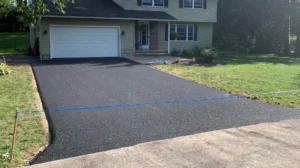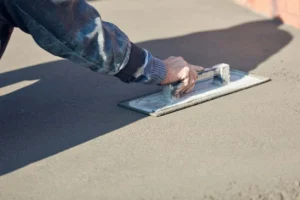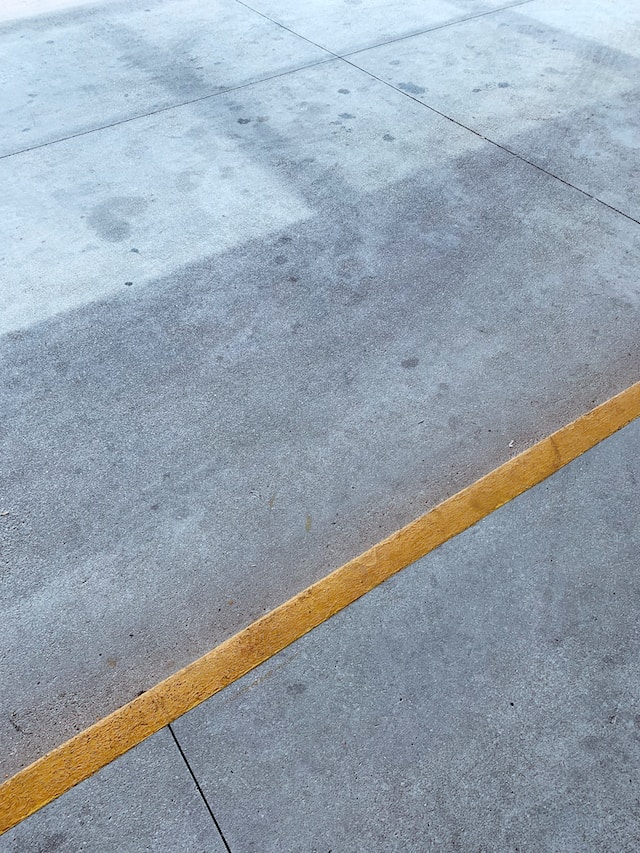Junk Removal is a great way to get rid of unwanted items. These companies often separate items that can be reused or donated from those that will end up in a landfill.

Traditionally, junk removal services were one guy with truck operations, but the industry has matured, and now there are professional, trustworthy junk removal businesses. They offer both full-service junk removal and dumpster rental. Visit https://www.sgtjunkit.com/ to learn more.
Junk removal companies fall under the waste management industry, which also includes other garbage services and waste remediation. They help people with large-scale trash cleanups and removal. These companies typically operate on demand, unlike standard garbage companies, which collect daily and weekly trash from homes or businesses. The junk removal industry also recycles and donates items, reducing the amount of waste that goes to landfills.
Junk Removal is a popular business that helps individuals declutter their living space or prepare for a big move. However, it’s important to understand what items a company will and won’t accept before you call. For example, many junk removal companies will not haul hazardous waste. This includes cleaning and polishing chemicals, medications, fuel, kerosene, batteries, thermometers, and more. This type of waste is dangerous to the environment and to human health.
Most junk removal companies offer both full-service and self-service options. With the former, a company will send 2-3 workers to your home or office to sort through and haul away junk. The waste will then be transported to a recycling or trash facility for processing. The company may use the items to generate energy, which is a great way to protect the environment.
The junk removal industry is becoming more environmentally conscious and aware of its impact on the planet. It is using new technology and processes to make the industry more efficient and eco-friendly. For example, some companies are now offering electronic junk shredding, which is a more sustainable way to dispose of old gadgets. This will cut down on the amount of electronics that go to landfills and incinerators, which are harmful to the environment.
Some junk removal companies are even experimenting with using trash to create renewable energy. For example, they can turn trash into biogas or biomass, which can be used to power homes, offices, and other buildings. This is a great way to protect the environment while saving on energy costs.
Junk removal is a growing and profitable business that can be a good choice for entrepreneurs looking to start a small business. The key to success is staying informed about trends in the market and adjusting accordingly. This will ensure that the business is successful and sustainable in the long run. It’s also important to research local laws and regulations regarding licensing, registration, and insurance requirements before starting a junk removal business.
Reputation
Junk removal businesses must address specific customer expectations on their websites to gain credibility and attract potential customers. These customer needs include clear and comprehensive information, hassle-free online booking or contact options, and a seamless user experience.
Many junk removal services offer online quotes to help their customers understand the costs involved. These quotes can be based on the number of items, type of junk, and other factors. The website may also feature a list of prohibited items that will not be recycled, such as paint and toxic chemicals.
Often, junk removal companies will provide a window of time for their team to arrive. They will also usually call ahead to give the customer a heads-up that they are on their way. Additionally, some junk removal companies will recycle, donate, or reuse as much of the junk as possible.
When comparing junk removal services, it is important to note that the size of the crew and the amount of junk will affect the price. Typically, larger national junk removal services are more expensive than smaller local providers. Nevertheless, they tend to be more efficient and reliable than independent junk haulers.
To build credibility and trust, a junk removal company should highlight the positive feedback that they have received from past clients. A dedicated testimonials or reviews section on the website can be a great way to showcase this information. The quotes or reviews should be authentic and include the names and locations of the reviewers.
While most junk removal companies will accept a wide variety of unwanted materials, there are certain items that are not appropriate for recycling or donation, such as old computers, televisions, and mattresses. These items should be disposed of in accordance with local laws. Additionally, some junk removal services may charge additional fees for handling hazardous materials, such as paint and toxic chemicals.
The LA Best Hauling and Junk Removal website is a great example of a junk removal business that has effectively addressed all of these customer expectations on its website. Its mobile-friendly design, user-friendly interface, clear messaging, visuals, and strategic call-to-actions help to drive traffic and conversion rates.
Customer Satisfaction
Junk removal is a type of waste management that involves hauling away unwanted or unusable items. These companies typically offer a variety of services, including dumpster rentals, appliance recycling, and furniture donations. They can also handle large-scale cleanups and commercial trash removal. In addition, junk removal services can also provide eco-friendly waste disposal options, which is a great way to reduce the amount of waste that ends up in landfills.
Customer satisfaction is a critical metric for junk removal companies, as it provides insights into how well the business is performing and where improvements can be made. This metric can be measured through various methods, including surveys and focus groups. In addition, a company can measure its customer satisfaction through the number of repeat customers and referrals.
One key metric to measure is the percentage of items donated or recycled. This KPI demonstrates the company’s commitment to sustainability and can help build brand loyalty among environmentally conscious consumers. It can also enhance a company’s reputation as an eco-friendly junk removal service.
Another metric to monitor is the average load size per service. This KPI helps junk removal businesses understand the typical volume of waste that they remove from each service, enabling them to assess their productivity and efficiency. It can also be used to compare performance against industry benchmarks and make data-driven decisions about optimizing operations.
The average response time for same-day or next-day service is an important metric to measure in junk removal. It helps to determine the effectiveness of scheduling systems and ensure that staff members are available when customers need them. A fast response time can be a differentiator for junk removal services, and it should be a top priority for management.
A good junk removal business should use a combination of marketing strategies to grow and retain customers. It is important to identify a target market and develop a clear customer persona, which will guide all aspects of the business, from pricing to service offerings. In addition, junk removal companies should promote their services through social media platforms to reach a wider audience and engage potential clients.
Pricing
Junk Removal is a growing business that can be profitable with the right strategies. Pricing is a key component in attracting customers and ensuring profitability, but there are several factors that influence how much to charge for junk removal services. These include the cost of labor, waste disposal fees, and equipment costs. Keeping these in mind will help you determine a fair price for your junk removal service.
Junk removal is a valuable service for homeowners who have a lot of clutter and large items that cannot be taken to the curb. It can also be useful for home renovations, as it eliminates the need to rent a dumpster or transport junk to a landfill. Junk removal companies offer a convenient and safe way to dispose of trash, and they can also provide recycling options for certain materials.
The pricing for Junk Removal varies depending on the type of junk and the size of the pile. There are two main pricing models: volume-based and weight-based. The volume-based model calculates the amount of space that the junk takes up on the truck, while the weight-based model considers the total weight of the pile. Both of these methods require accurate measurements and assessments. They are also simpler to implement than pricing based on time or labor.
Pricing for Junk Removal depends on many factors, including the volume of the trash, landfill and disposal charges, and fuel prices. For example, larger pieces of furniture and equipment may have to be disassembled before they can be hauled away, which increases the cost. To reduce your junk removal costs, try to minimize the amount of bulky or heavy items. Flattening boxes and packing items into smaller containers can reduce the overall volume of your trash, which lowers your junk removal rates.
When setting up your Junk Removal business, you should be sure to register your business and obtain the necessary licenses. It is also a good idea to research local competitors to understand the pricing trends in your area. Having clear communication with your clients is crucial to building trust and creating long-term relationships. This will increase your perceived value and ensure that your services are worth the price.

